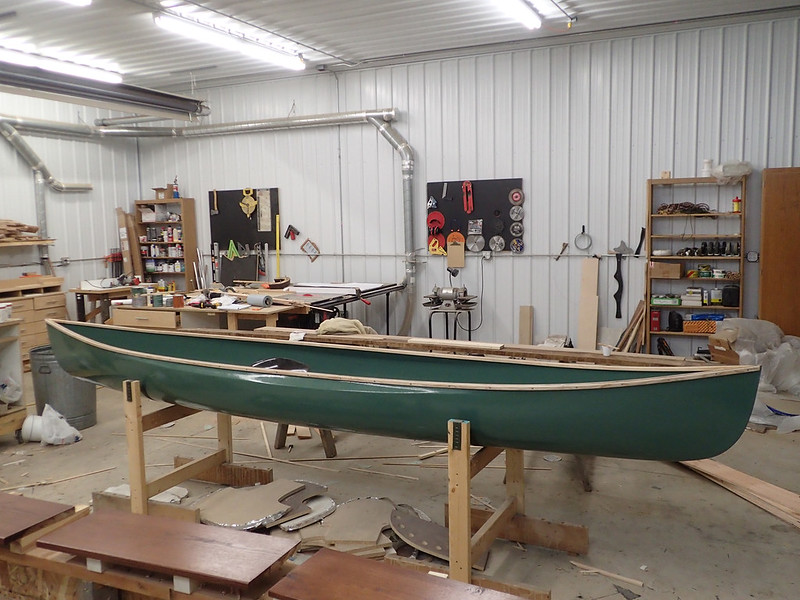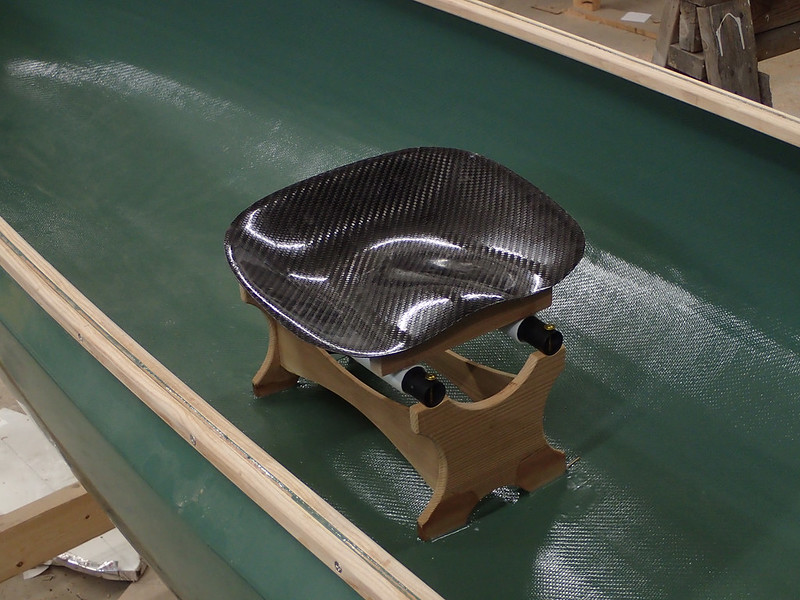Alan,
Now, completely off topic...What are the dimensions of your shop? MDB (My Darling Bride) and I are finalizing plans for our new home, and I am deciding on what size detached garage/shop to build. I remember you posting photos and descriptions of the shop build, but not the details. You're on an insulated slab? I would imagine you have similar frost depths to me in upstate NY. I am assuming that's a prefab metal building, who's the supplier?
The shop is 36x48 with 12' sidewalls. It's an insulated slab as well as a Frost Protected Shallow Foundation so my footings are only down about 18". Normal footing depth here would be 4'. That meant I could excavate the build site myself with my dad's 50hp Kubota with loader. I stick built the shop myself.
There are windows in the two walk-in doors as well as small windows in the large overhead door but no windows in the walls. I was originally going to put in some windows but the more I thought about it the less necessary it seemed. Our auto shop doesn't have any windows and neither does my dad's shop at his house. I've spent plenty of time working in both and never wished there were windows. Wall space can be at a premium in shops and I didn't want windows to keep me from putting equipment or storage where I wanted it. I don't regret that decision at all.
While building I added two ledger boards to the east sidewall so that I could easily add a lean-to. One ledger is for rafters and the other for the bottom cord. The lean-to is about 10' wide and is handy for extra storage, covered space to work outside, room to park a vehicle, or just a nice spot to sit and read.
Heat is overhead radiant, which is a no-brainer for me. We've had this in our large auto repair shop for about 20 years now and it's been great. Despite large overhead doors opening and closing all day long when it's well below zero outside the temp always recovers quickly and it's amazing how evenly the heat is distributed in the shop despite the distance from some areas to the heaters. It's a very comfortable heat when the furnace is running, feels like standing in the sunshine.
I originally thought about doing in-floor radiant but decided against it. I think it would make sense if it was a shop that was being used all day every day but for sporadic use I'm afraid it would be a waste of energy and not very warm. The slab seems like too much mass to try and heat for occasional use. Maybe I'm wrong but if the shop temp was 40 degrees and I wanted to work in there for 1-2 hours in the evening and turned the heat up to 60 I don't think I'd get much benefit although the heaters would be burning plenty of propane and the shop would continue to warm up after I'd left (when I don't need it) as the slab continued to radiate. Overhead radiant heat warms up the floors too but it warms up all the other objects in the shop at the same time, including you. So when I crank the heat from 40 to 60 I can feel the warmth almost immediately and can work comfortably. My tools and equipment are all warm as well.
Since I know they'll heat a shop surprisingly evenly, instead of running it down the center of the shop I ran only about 13' from the end wall and angled it towards the far end of the shop instead of letting it point straight down. This means the heater is about 35' from the far end of the shop but I've never noticed a temp difference when walking back and forth except when the shop is initially coming up to temp. I placed it in that location so that it would be over my main work area to keep me good and warm and would quickly heat my equipment. The far end of the shop is more for storage and a place to park a car...which I never do.
The Reznor heaters at the shop are going on strong for 20+ years without any trouble or maintenance. The Reznor in my dad's shop is probably close to 10 years old and no problems there either. So that's what I went with too. So far so good.
Alan



